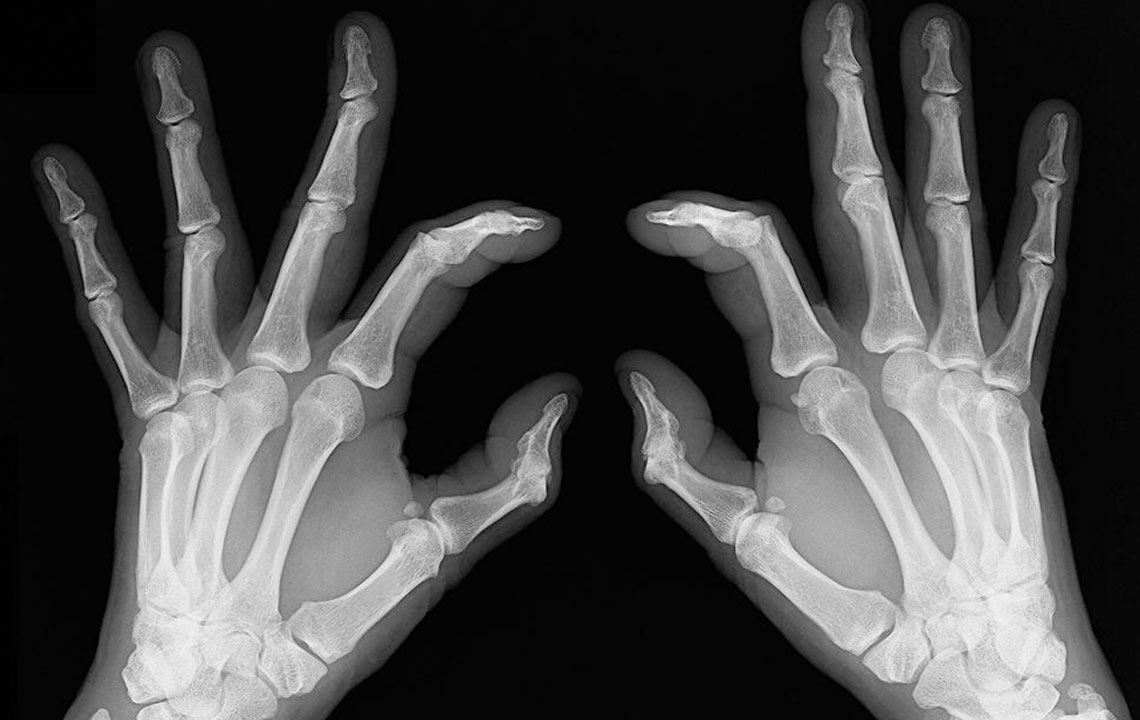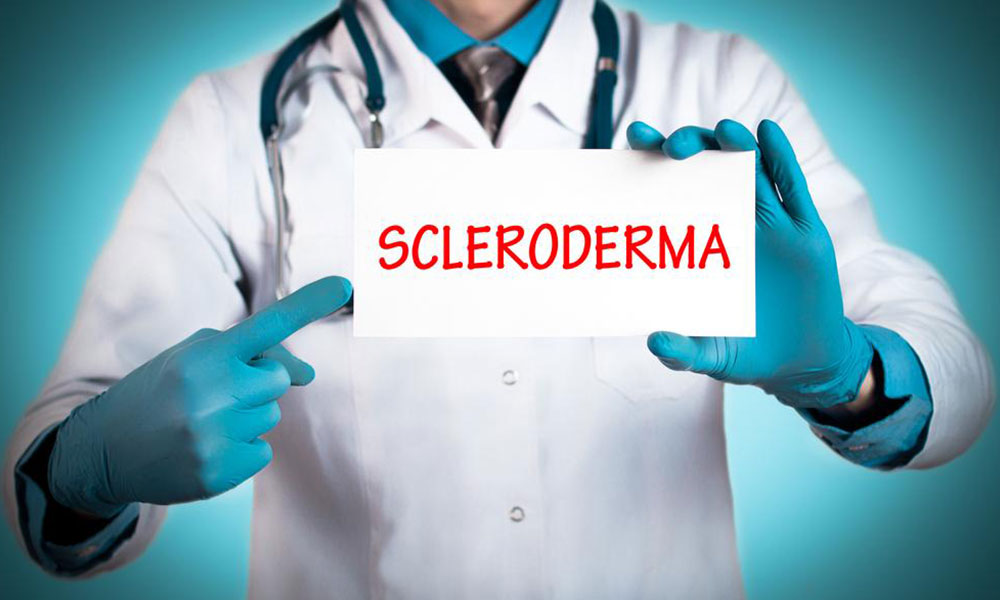Comprehensive Guide to Scleroderma: Identifying Early Symptoms and Warning Signs
This comprehensive guide explores scleroderma, highlighting early warning signs, symptoms, and the importance of early diagnosis. Understand the disease's impact on skin and internal organs, recognize key indicators like Raynaud’s phenomenon, and learn about effective management strategies to improve quality of life. With increasing awareness, individuals can seek timely medical care to control symptoms and prevent complications. Discover essential information about risk factors, prevalence, and treatment options for this autoimmune disorder to stay informed and proactive about your health.

Comprehensive Guide to Scleroderma: Identifying Early Symptoms and Warning Signs
Scleroderma, also known as systemic sclerosis, is a complex and often misunderstood autoimmune disease that primarily involves the hardening and tightening of the skin. This condition results from an overproduction of collagen—an essential protein that provides structural support in connective tissues. When collagen accumulates excessively, it causes tissue thickening and stiffness, which can affect not only the skin but also internal organs such as the lungs, heart, kidneys, and gastrointestinal tract. The progression of scleroderma varies greatly among individuals, making early detection and management crucial for improving outcomes.
Understanding the nature of scleroderma is essential for recognizing its early warning signs. The disease is characterized by an abnormal immune response where the body mistakenly attacks its own tissues, leading to inflammation, fibrosis, and vascular abnormalities. Typically, individuals with scleroderma experience specific skin changes that serve as initial indicators of the disease. These changes often manifest in the fingers and hands, presenting as swelling, rigidity, or color shifts, especially in response to cold or emotional stress. Such symptoms stem from abnormal blood vessel constriction and damage, often the first noticeable signs of the disease.
The hallmark early symptom of scleroderma is Raynaud’s phenomenon—an exaggerated vascular response causing fingers and toes to turn white, blue, or red due to restricted blood flow. This phenomenon may occur independently or as a part of scleroderma, typically presenting with episodes triggered by cold exposure or emotional distress. The primary form of Raynaud’s is isolated and relatively common, but when associated with other symptoms and clinical features, it may indicate underlying systemic sclerosis. Secondary Raynaud’s linked to scleroderma often progresses over time, affecting larger areas and leading to more severe circulation issues.
Statistically, scleroderma is considered a rare disease, impacting fewer than 400,000 people in the United States. However, its actual prevalence may be underreported due to misdiagnosis or delayed diagnosis. It predominantly affects women, with a higher incidence in individuals aged between 35 and 45, although it can occur at any age. The disease shows a greater frequency among people with other autoimmune disorders, such as lupus erythematosus and rheumatoid arthritis. Environmental factors, such as exposure to silica dust, certain chemicals, and occupational hazards, have also been linked to increased risk of developing scleroderma.
The early signs and symptoms of scleroderma are crucial to recognize for timely medical intervention. Besides Raynaud’s phenomenon and skin changes, individuals may notice skin tightening, swelling, or a shiny appearance, especially on the fingers, hands, and face. These skin alterations are often accompanied by symptoms like joint pain, fatigue, and difficulty swallowing, depending on the disease’s extent. A detailed medical history, physical examination, and diagnostic testing—such as blood tests for specific autoantibodies and imaging studies—are essential components of early diagnosis.
Prompt diagnosis of scleroderma can significantly improve management strategies. While there is currently no cure for the disease, early medical intervention can help control symptoms, prevent complications, and improve quality of life. Treatments may include medications to improve circulation, suppress immune activity, reduce skin fibrosis, and manage internal organ involvement. Additionally, lifestyle modifications—such as protecting extremities from cold, avoiding smoking, and managing stress—are vital parts of comprehensive care.
If you observe early symptoms like finger discoloration, persistent skin thickening, or increased sensitivity to cold, it’s imperative to consult a healthcare professional promptly. Early detection and comprehensive management are the keys to living well with scleroderma and minimizing its impact on daily life.





